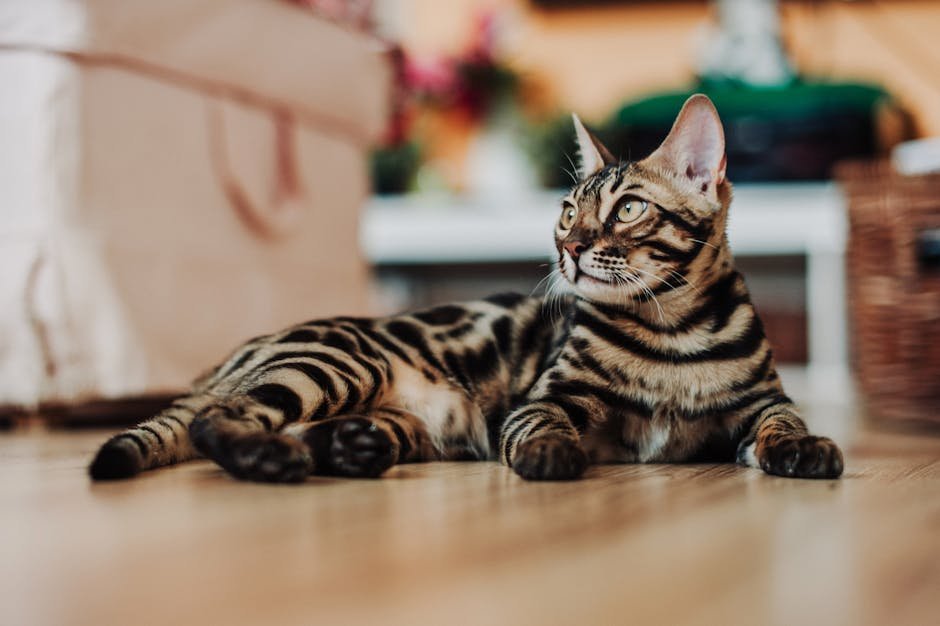Bengal cats are undeniably captivating. With their striking leopard-like appearance and energetic disposition, they have captured the hearts of cat lovers worldwide. However, beneath their exotic allure lies a complexity that might surprise even the most ardent feline enthusiasts. While they are often seen as domesticated pets, Bengal cats maintain certain wild characteristics that set them apart from the average house cat. Understanding these unique traits can help potential Bengal cat owners make informed decisions about bringing one into their homes.
Wild Ancestry: The Bengal’s Exotic Lineage
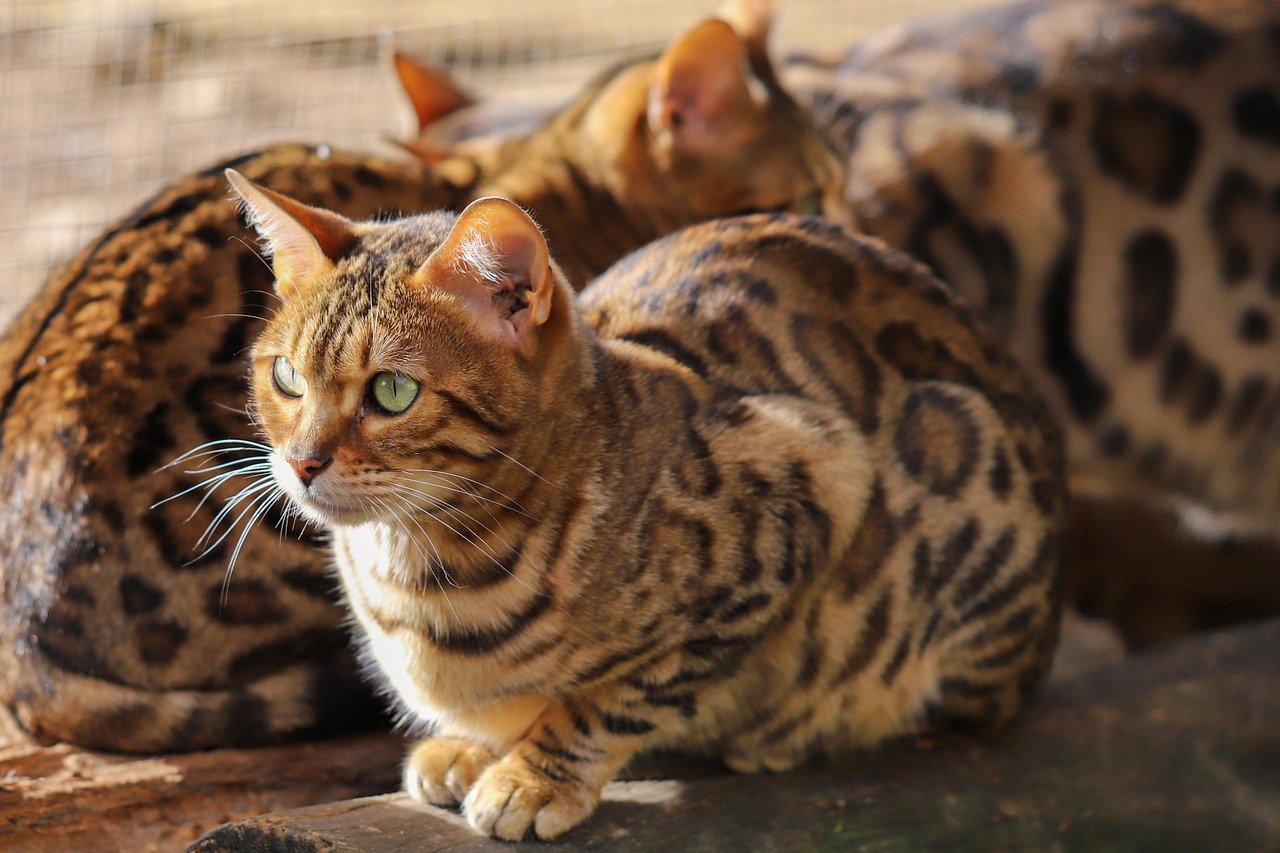
The Bengal cat’s lineage traces back to the Asian leopard cat, a small wild cat native to Asia. This wild ancestor is known for its solitary and elusive nature, traits that have been passed down through generations. Although Bengals have been bred with domestic cats to temper these wild qualities, the influence of their exotic lineage remains evident. This genetic heritage contributes to their distinctive appearance and behavior, making them more than just a typical house pet. Their wild ancestry is a key factor that sets them apart from other domestic breeds.
Athleticism and Energy: Always on the Move

One of the most distinguishing features of Bengal cats is their boundless energy. They are incredibly athletic and require plenty of physical activity to stay happy and healthy. Unlike more sedentary cat breeds, Bengals demand interactive play and exercise. Without adequate stimulation, they can become bored and even destructive. Their high energy levels can be likened to that of a toddler who’s always on the go, making them a handful for unprepared owners. It’s crucial to provide them with a stimulating environment to channel their energy positively.
Intelligence and Curiosity: The Feline Einsteins
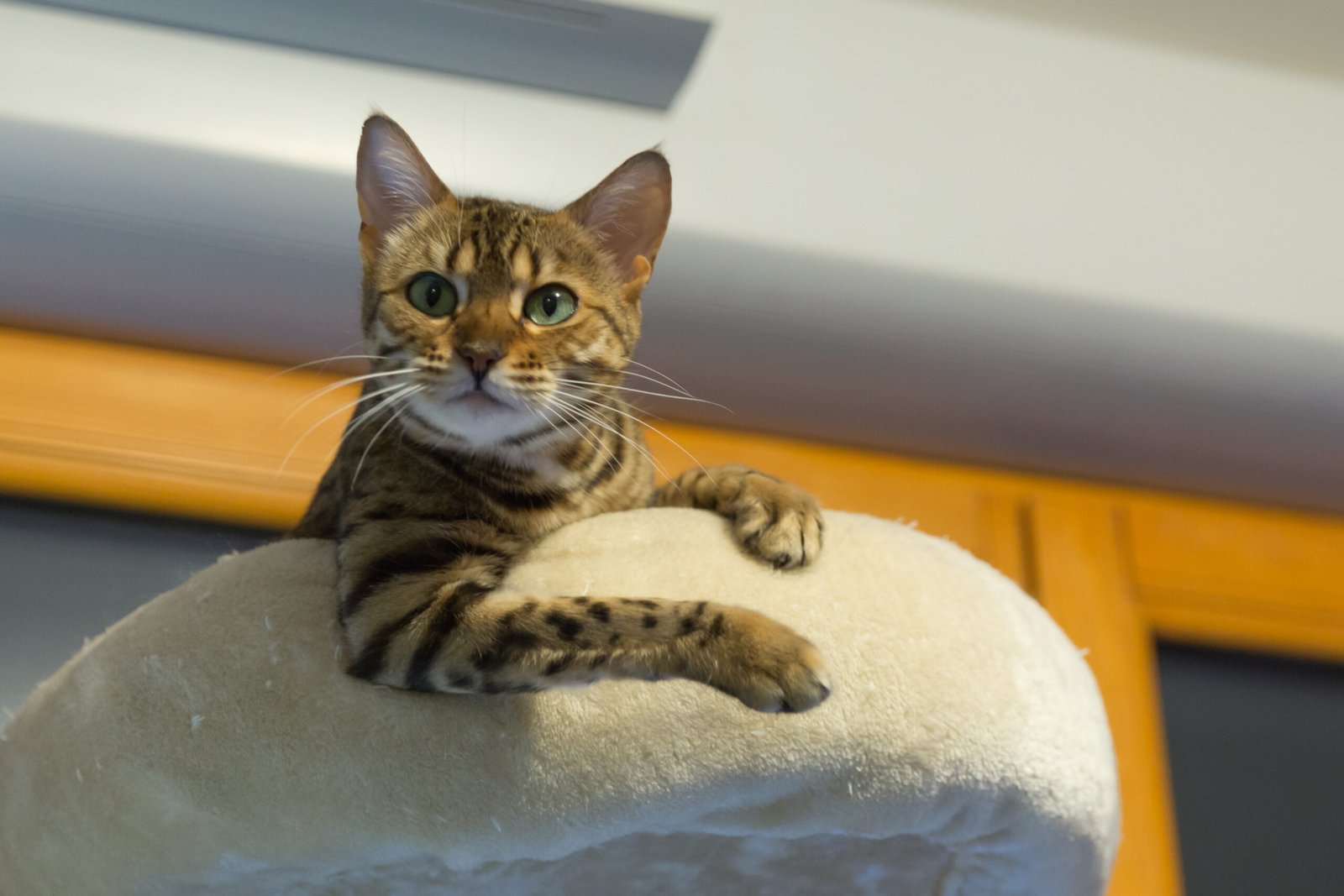
Bengal cats are often referred to as the Einsteins of the cat world due to their remarkable intelligence and curiosity. They are problem-solvers by nature, often figuring out how to open doors, cabinets, and even faucets. This intelligence, while fascinating, can also be challenging for owners who aren’t prepared for their inquisitive antics. Bengals require mental stimulation to keep their minds engaged, making interactive toys and puzzle feeders essential. Their curious nature often leads them into mischief, so it’s important to cat-proof your home to prevent unwanted surprises.
Vocalization: A Chatterbox in the House
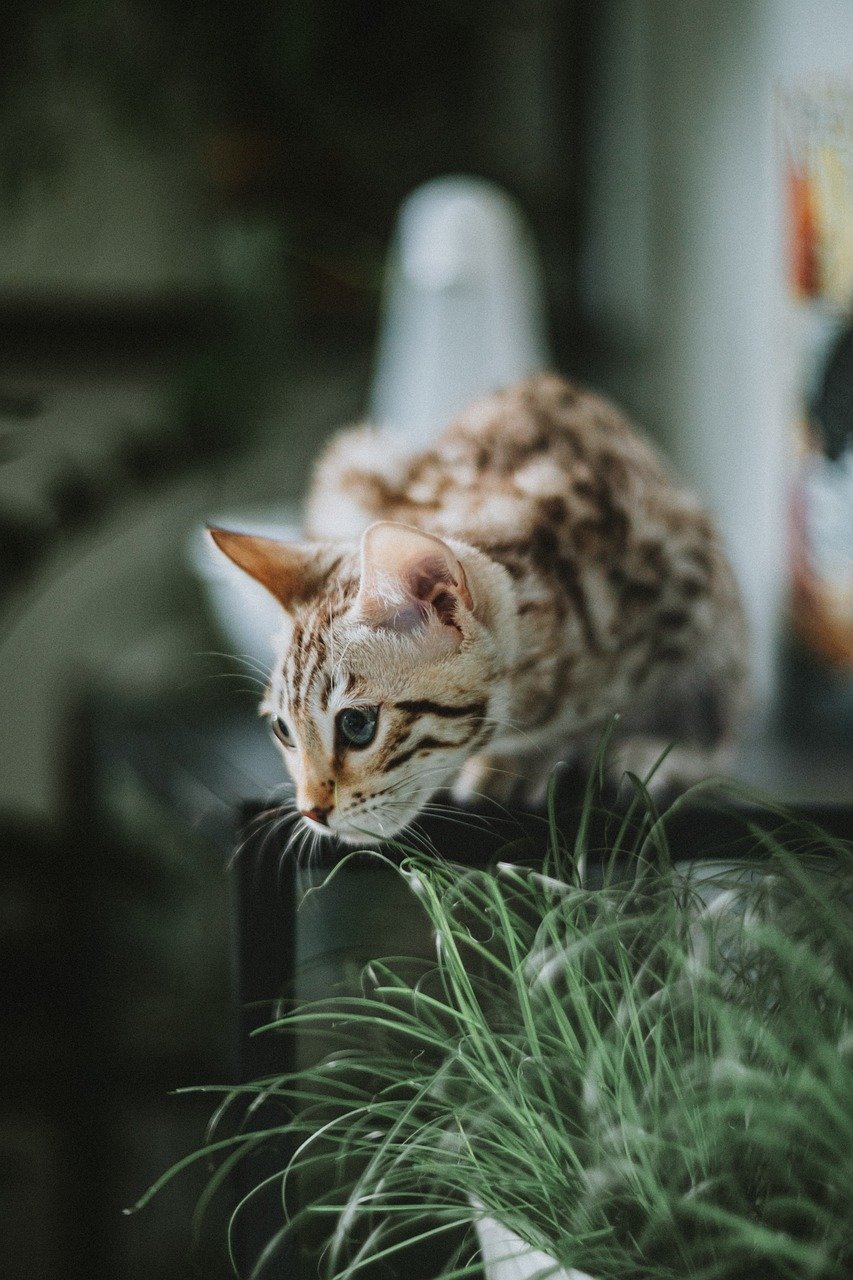
If you’re looking for a quiet pet, a Bengal cat might not be the ideal choice. Bengals are known for their vocal nature and have a wide range of sounds to express their feelings. They communicate through chirps, meows, and even trills, often engaging in “conversations” with their human companions. This vocalization stems from their wild ancestry, where communication was essential for survival. While some may find their chatter endearing, others might struggle with the constant noise. Understanding and responding to their vocal cues can strengthen the bond between a Bengal and its owner.
Socialization Needs: A Love for Company

Bengal cats are highly social creatures that thrive on interaction with their human family members. Unlike many other cats that prefer solitude, Bengals enjoy being part of the action and often follow their owners around the house. They are known for forming strong bonds with their families, making them affectionate companions. However, their social nature means they don’t do well when left alone for extended periods. Potential owners should consider their availability to engage with their Bengal regularly, as loneliness can lead to behavioral issues.
Hunting Instincts: A Predatory Nature
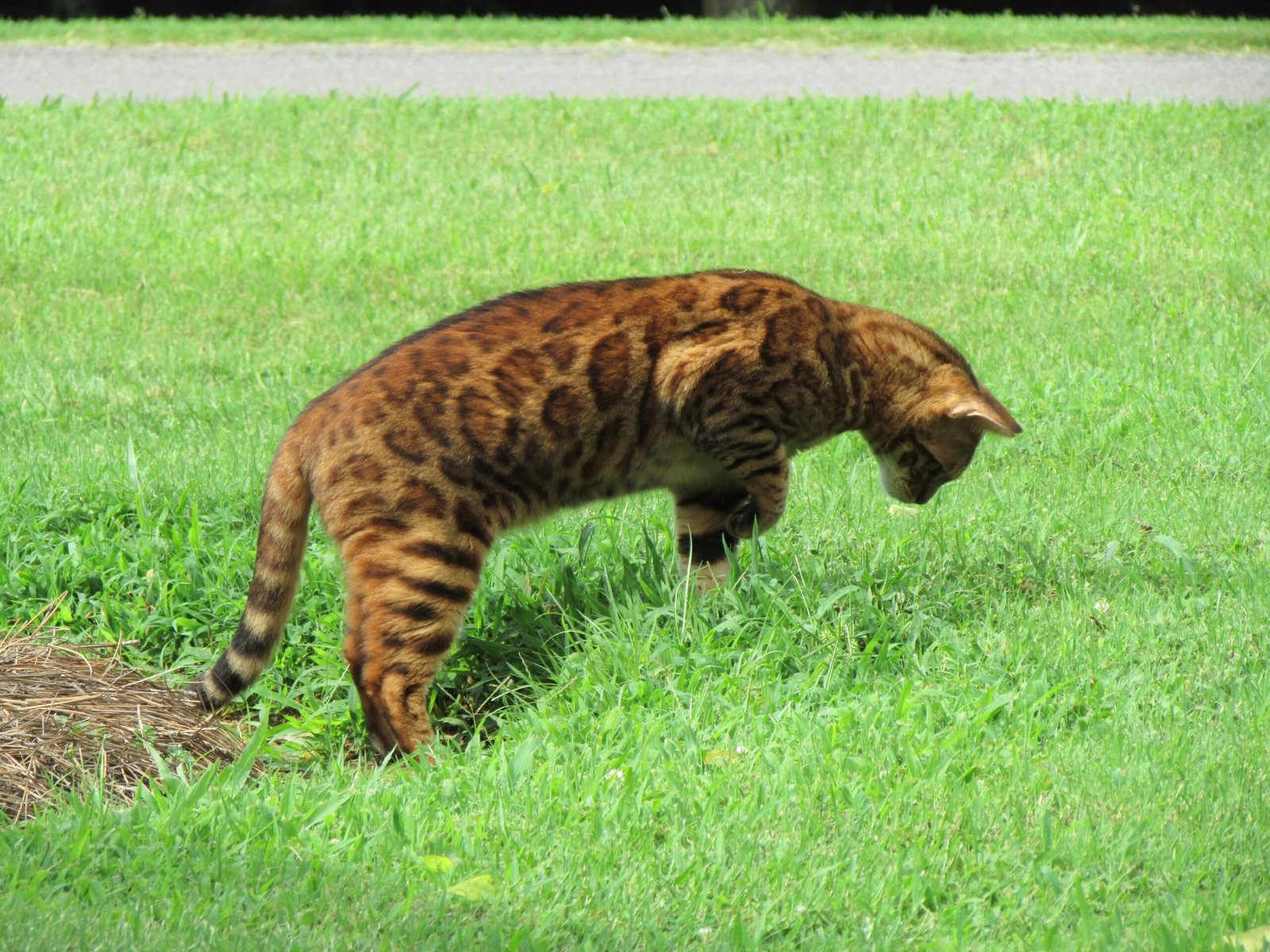
Despite being domesticated, Bengal cats retain a strong hunting instinct reminiscent of their wild ancestors. They are natural predators, skilled at stalking and pouncing on their “prey,” which often includes toys or even household objects. This instinct is deeply ingrained and can be both entertaining and challenging for owners. Providing them with toys that mimic prey can help satisfy their hunting drive. It’s also important to supervise outdoor playtime, as their predatory instincts can lead them to chase after small animals.
Territorial Behavior: Defining Their Domain

Bengals are known for their territorial nature, a trait inherited from their wild lineage. They have a strong need to establish and defend their territory, which can sometimes lead to conflicts with other pets. This territorial behavior is often expressed through marking, which can be confusing for new owners. Understanding and managing this behavior is crucial to maintaining a harmonious household. Providing them with their own space and respecting their boundaries can help alleviate territorial tensions.
Grooming and Maintenance: A Distinctive Coat
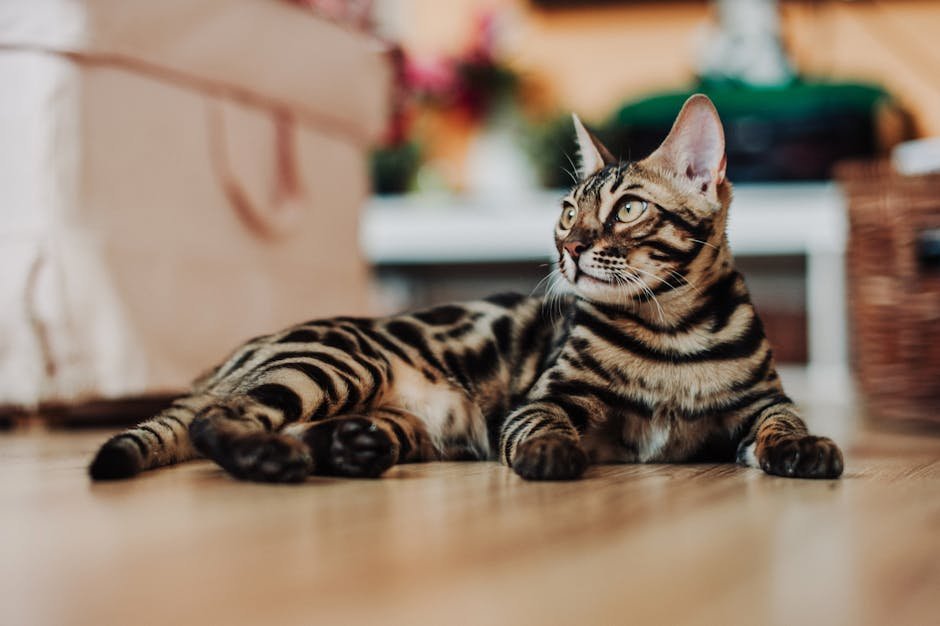
The Bengal cat’s coat is one of its most striking features, but it also requires special care. Their fur is short, dense, and surprisingly soft, often compared to a pelt. While they are generally low maintenance, regular grooming helps keep their coat in top condition and reduces shedding. Unlike some breeds, Bengals enjoy water and may even join you for a shower, making bathing them a unique experience. Proper grooming and care are essential to ensure their coat remains healthy and beautiful.
In conclusion, while Bengal cats are undoubtedly enchanting, their wild traits and unique needs make them a breed unlike any other. Understanding these characteristics is vital for anyone considering adopting a Bengal, as they require a commitment to meet their physical, social, and emotional needs. These remarkable cats offer a rewarding companionship for those prepared to embrace their distinctive nature.

Born and bred in South Africa, a Capetonian at heart. Amy-Leigh’s love for nature and animals was inherited from her Dad. He loves taking the family on road trips to experience nature at its finest; Amy-Leigh’s favourite being whale watching in Hermanus and spotting Kudu along the West Coast. Amy-Leigh holds a BA in English Literature and Communication Studies.

